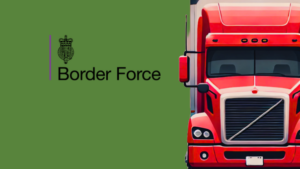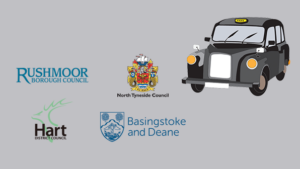
Secure futures: A concept for national security vetting
Across government, there are still many digital transformation challenges to be met, and this represents a real opportunity to improve services, considering the principles of user-centred design and legacy transitions.
For example, personnel vetting, a critical component in national security, is undergoing a revolutionary transformation. Since its last major change programme, digital footprints have grown exponentially, disinformation has driven wedges into society, a pandemic and cost of living crisis have changed the ways we live and work, and the need for security-cleared staff has increased as the global situation has deteriorated. But vetting practices have not evolved with the pace of change.
Transformation through Zaizi’s lens
Turning a complex, mandraulic process into an efficiently automated but human-driven assurance machine at the heart of government security would be a fascinating challenge. As a solutions architecture experiment, it’s been interesting to invest some time in thinking through this problem through a Zaizi lens – applying deep domain expertise and arriving at a logically incubated solution.
“When approaching innovation challenges, even at conceptual phases, it’s essential to start with the benefits case. Why will this innovation matter?”
Vetting is one of those transformations which would need to be carefully choreographed, delivering a complete, end-to-end solution in order for it to succeed. The traditional clearance process, often cumbersome and time-consuming, is ripe for well-conceived and meticulously thought out innovation. The primary issue is in automating the underlying processes to maximise efficiency and reduce touches, and retaining the essential human judgement element while reducing the subsequent impacts of conscious and unconscious bias.
After some initial scoping and experimentation, leveraging my deep domain expertise, I’ve developed the Vetting Operations Centre (VOC) concept – which could achieve the transformation goals by balancing the use of:
- rules-based algorithms;
- user-centred experiences;
- rationalised, modular integration libraries; and
- secure human checks and balances.
The high level design for VOC enables acceleration in the vetting process without compromising assurance – as technology handles the heavy lifting while critical decisions are made and validated by trained professionals.
READ: Balancing act: The art of modernising secure legacy systems
Understanding the benefits of change is critical
When approaching innovation challenges, even at hypothesis phases such as this, it’s essential to start with the benefits case. Why will this innovation matter?
“Digital transformation can yield substantial benefits in terms of efficiency, assurance, and adaptability. But to get change right, having the right partners is critical.”
In the case of the VOC concept, the benefits were immediately clear (though that is not always the case!):
- Timely and Cost Effective:
- Automating routine tasks significantly reduces the time and resources required for each vetting case, at every vetting level.
- Quality Assurance:
- The combination of technological precision and human expertise results in a more consistent and auditable vetting outcome, improving the quality of risk management in vetting customer businesses.
- Evergreen:
- Along with continuous assurance – removing renewal queues – the modular nature of the system design allows for platform agnostic updates and adaptations, ensuring the technology and the assurance it provides remain current. This leaves vetting evolving with security policy and never hitting a legacy end of life requiring disruptive transitions.
Digital transformation can yield substantial benefits in terms of efficiency, assurance, and adaptability. But to get change right, having the right partners is critical.
At Zaizi we bring a wealth of experience across government sectors and the diversity of skills and knowledge to consistently deliver better outcomes. By taking a proactive, horizon-scanning approach and incubating ideas, even where the challenge may be new to us, we stay in step with the pulse of governmental need, ready to solve challenges of any size.
If you have any questions or would like to find out more about our work, please get in touch.
-

Global award-winning customs innovation —Border Force
-

Our impact on digital government services in 2024
-

Helping local councils revamp taxi licensing to boost efficiencies and reduce costs
-

Wrap-up: Our impact on digital government services in 2023
-

Secure and cost-effective archiving of court judgments with serverless technology
-

From a stalled legacy system project to award-winning success
